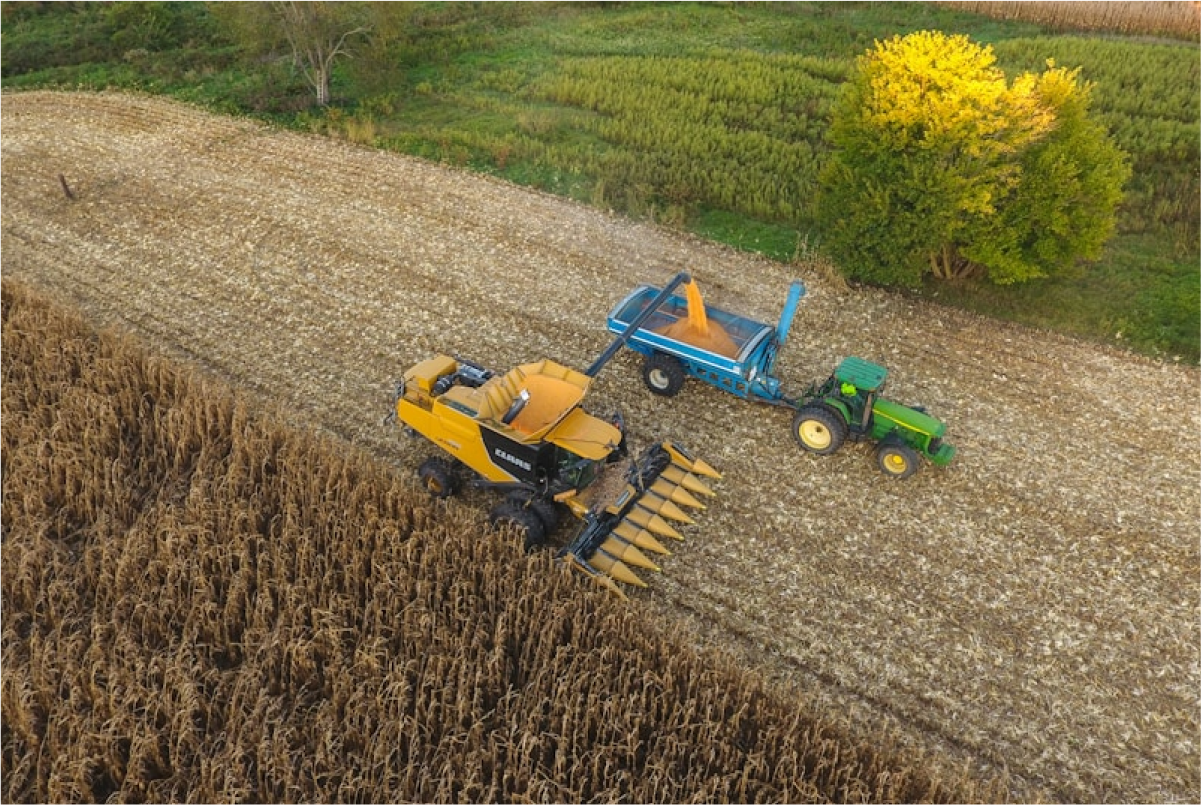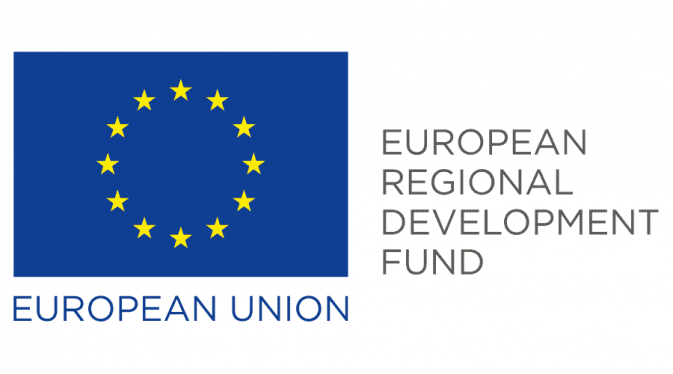R&D&I
We work to contribute our knowledge in climate research, as a pioneer in statistical regionalization, and we offer training for the support and strengthening of scientific capacities.

The project “Remote control of horticultural production in greenhouses and integration with demand forecasts and marketing systems” seeks to increase efficiency in the management of horticultural production in greenhouses, taking into account the existing meteorological conditions in the production area (evaluating both internal and external conditions in the greenhouses) and those existing in the production demand areas, seeking to adapt production to the influence of climatic factors on the possible existing demand. To this end, FIC developed a work based on: definition of theoretical medium-term (60-day) weather prediction models and of models representative of the weather conditions outside and inside the greenhouses; forecasting of the microclimate inside and outside the greenhouses, both in the short term (3-day prediction) and in the medium term (60-day prediction); medium-term (60-day) prediction of the meteorological variables in the demand areas; and application of the models obtained in an operational manner, providing the actors involved with the necessary meteorological predictions. These forecasts are applied as input to production models, which allow forecasting the expected evolution of this production, and to demand forecasting models in consumption areas. In this way, it is possible to better match production to demand, so that if abnormally warm conditions are expected to occur in Germany in a few weeks, associated with a higher demand for tomatoes, it is possible to intervene in the greenhouse production, depending on the expected weather conditions, with management actions (more or less ventilation, amount of irrigation, etc.), to maximize production when appropriate to meet the expected peak demand. This can lead to an improvement in production prices and, therefore, profit.

Activities carried out: Once the theoretical medium-term (60 days) weather prediction models and models representative of the meteorological conditions outside and inside the greenhouses were defined, we proceeded to generate the operational predictions for the following variables and temporal resolutions and scopes: medium-term prediction (60 days), with supply of the variables of maximum and minimum temperature, precipitation (accumulated and probability of occurrence) and wind, obtaining all predictions on a daily scale; short-term prediction (3 days), with supply of the variables of temperature, precipitation (accumulated and probability of occurrence), wind and humidity, obtaining all predictions on an hourly scale; and automatic correction of the predictions based on actual observations (historical and in real time). This correction is especially relevant for the prediction inside the observatory, which is obtained from the statistical relationships between the conditions outside the greenhouse and those inside the greenhouse. This is a complex statistical treatment, since these relationships are not linear, but depend on factors that provide non-linearity, such as ventilation in the greenhouse.

We work to contribute our knowledge in climate research, as a pioneer in statistical regionalization, and we offer training for the support and strengthening of scientific capacities.